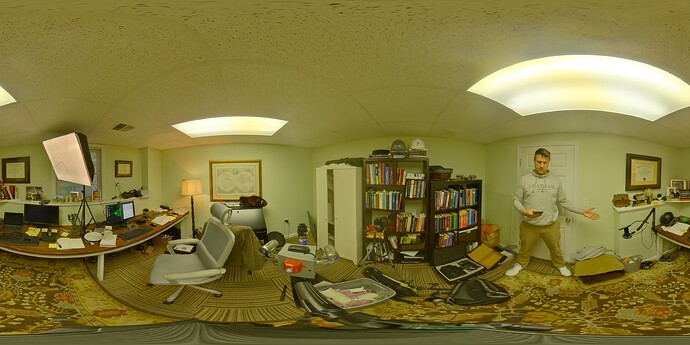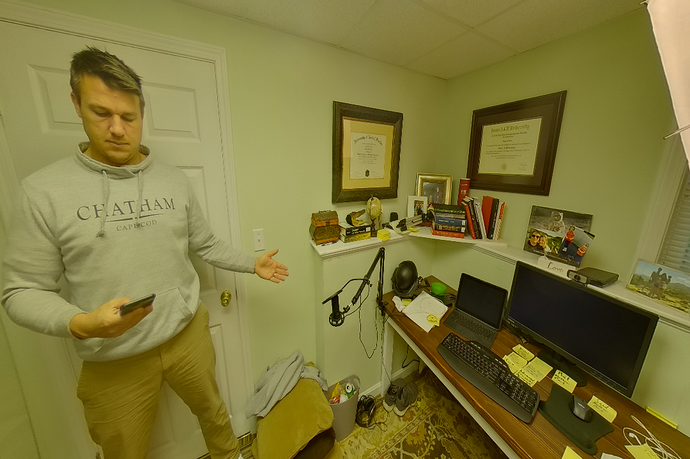Hi I made a few small modifications to a github entry to transform equirectangular images/frames to perspective images. This can really help when using existing deep learning models or when creating new models based on regular (non 360 camera footage. The Github link can be found here.
Original Images
Transformed image
I will try some of this out on some Mobilenet V2 models later.
Community Ask: Functionalize this in a way that is fast and uses Nvidea GPU on Jetson or Xavier AGX.

